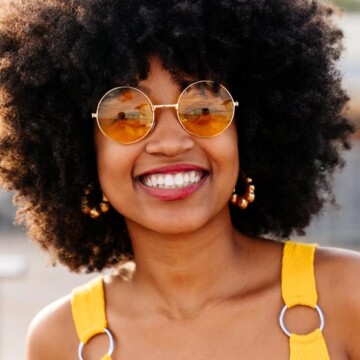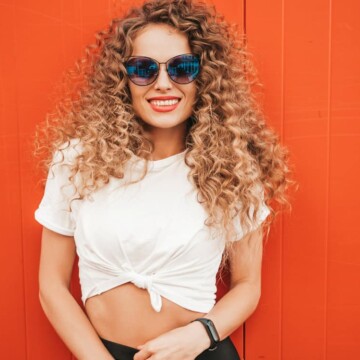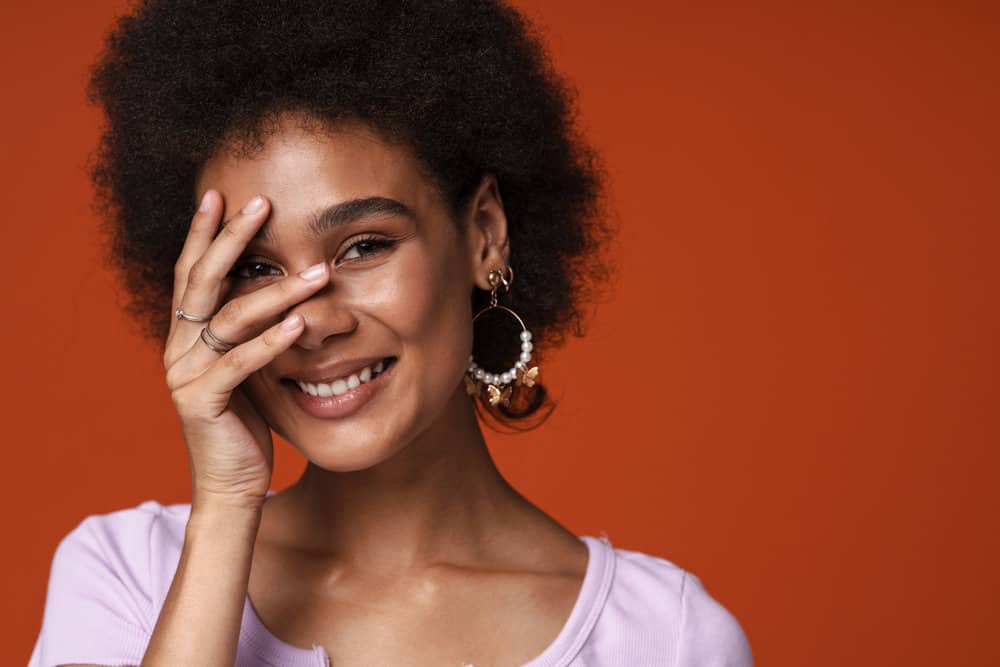
If you’ve spent any time researching hair products online, you’ve likely come across Olaplex, the haircare line that brings hope to even the most damaged hair.
It is regularly used during and after the dyeing or bleaching process to protect and repair the hair’s disulfide bonds to keep your hair healthy and strong.
Still, Olaplex hasn’t been around for very long, and this means that potential users have lots of questions, one of which is “Does Olaplex have protein?”
In this article, we’ll give you a clear answer to that and answer other related questions you may have about Olaplex and protein.
Table of Contents
Does Olaplex Have Protein?
Some Olaplex products include small amounts of protein. For protein-sensitive naturals everywhere, the thought of applying a protein-laden product on your tresses may send shivers up your spine.
And even if you don’t have protein sensitivity, you’ve still got to be really careful with protein, as it can wreak havoc if used too often on any hair.
So, here’s the deal: not all of Olaplex’s products contain protein and the ones that do only contain trace amounts of it.
Bonafide protein treatments tend to have a considerable portion of protein in their formula - you won’t find that in Olaplex products. So, you can rest assured that Olaplex is not a protein treatment by any stretch.
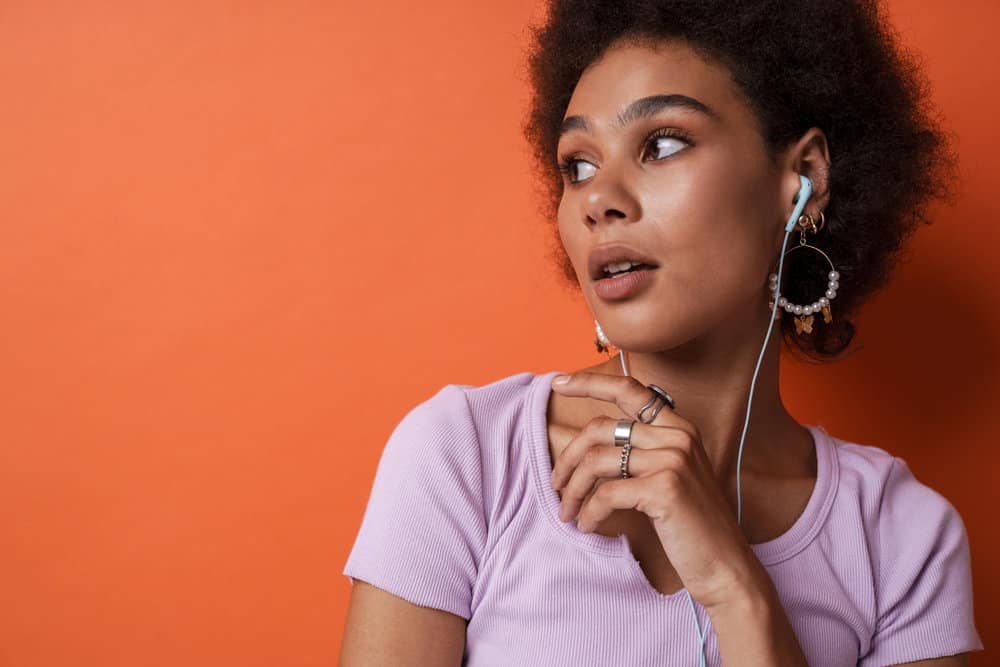
Why People Believe Olaplex Is a Protein Treatment
Contrary to the truth, people often get the wrong impression that Olaplex is a protein treatment. Here, we’ll tell you why.
One of Olaplex’s main purposes is to rebuild the hair’s strength and physical structure via protecting and reconstructing disulfide bonds (in proteins). People assume that because the product makes protein bonds, it must be a protein treatment.
Others believe this because of the all-too-common phenomenon of internet misinformation. It only takes one misinformed person to start a rumor.
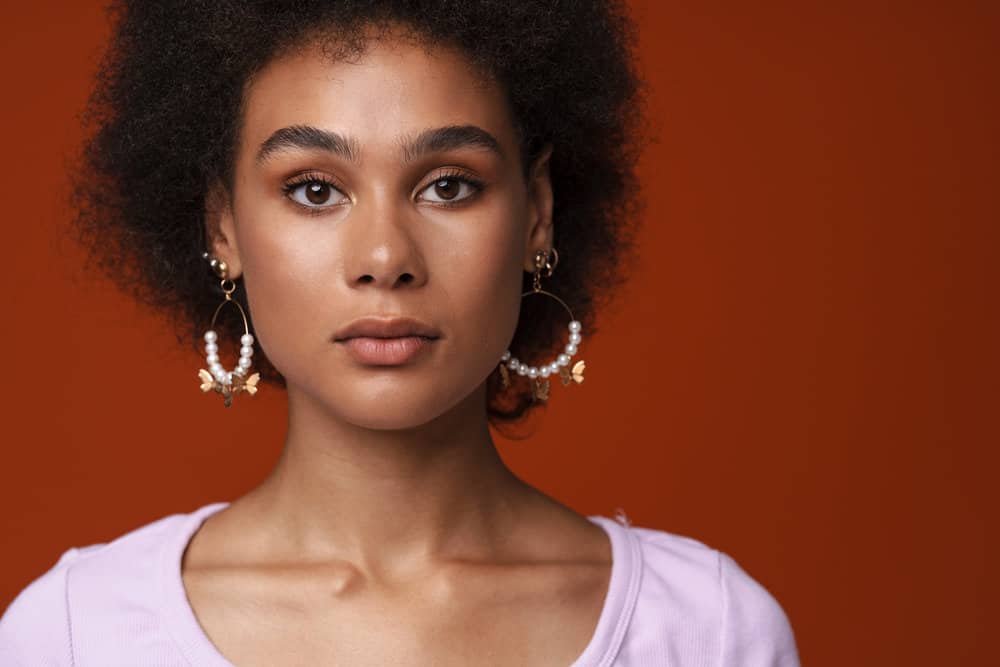
Should You Use Protein Treatments With Olaplex?
Now that you know that some Olaplex products contain protein (though not much), it’s natural to wonder whether you still need protein treatments as part of your regular hair regimen. We’ll get into that here!
If you’ve used an Olaplex treatment and your hair isn’t showing signs that it needs protein, you can forego your protein treatments entirely. You don’t need to supplement your hair with protein if it’s already in good condition and its structure is intact.
You only need protein if your hair shows these signs:
- Lack of elasticity - Your hair has lost its ability to stretch, so it snaps under very little tension. Your natural curl pattern may lose its shape as well.
- Gummy or sticky hair - After chemical treatments (like bleaching), it’s not uncommon for the hair’s protein bonds to break, giving way to sticky, gummy hair that’s nearly impossible to dry.
- Your hair’s porosity has increased - Over time, if you put your hair through the wringer with chemicals, you’ll notice a difference in your hair. It may become high porosity, where the hair strands easily absorb moisture but release it soon after. This leads to dry, crispy strands that are prone to brittleness and breakage.
If you’re using Olaplex on a regular basis and implementing a solid hair care regimen that prioritizes moisture, you aren’t very likely to have these issues.
In that case, you won’t need protein treatments. But, if at any time, you notice the above signs, you’d do well to consider a protein treatment.
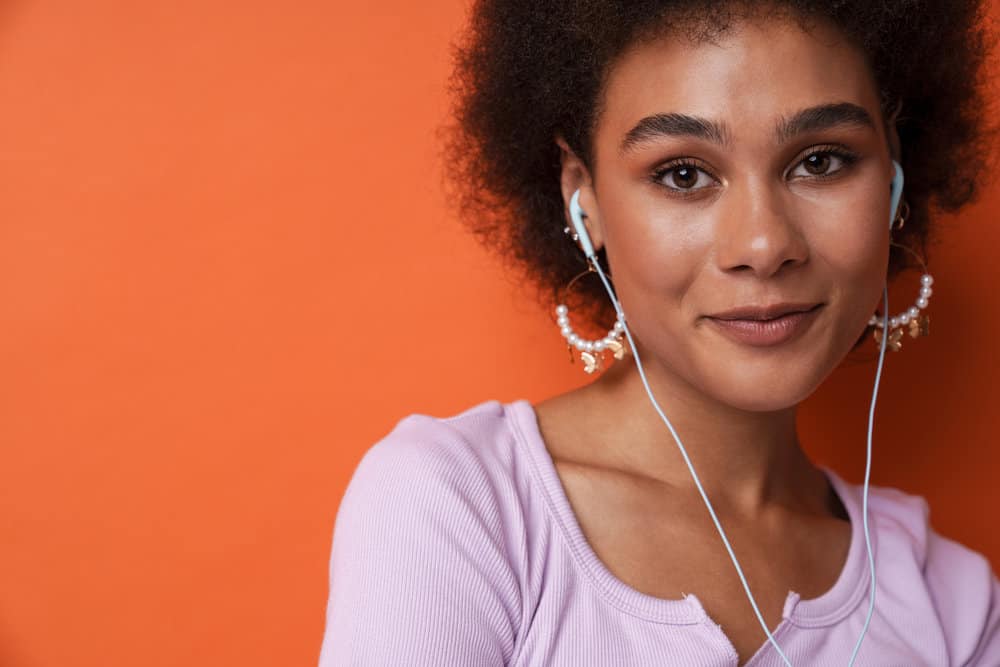
How to Use a Protein Treatment With Olaplex
When you first start to use Olaplex and make positive changes for your hair, you may consider using a protein treatment in addition to Olaplex.
Experts recommend not using protein treatments with Olaplex, but you can use them in-between your Olaplex treatments to replenish your hair’s protein levels.
Some have tried using protein treatments and Olaplex together and ended up with disastrous results. This is not to say that you will definitely end up with damaged hair, but it’s a real possibility.
Can Olaplex Cause Protein Overload?
Since Olaplex doesn’t contain very much protein, your chances of getting protein overload are slim even with repeated use. You’re much more likely to get protein overload from protein-based hair products and overly frequent protein treatments.
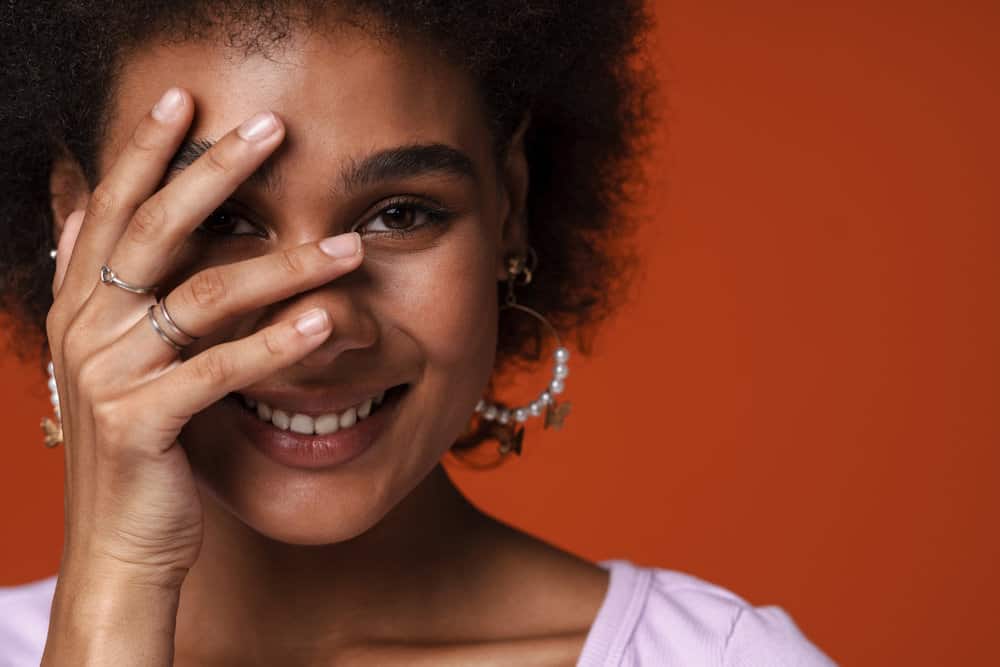
Interestingly enough, protein pops up in hair products under many different names. It’s imperative to know as many forms of protein as possible so that you don’t end up with protein overload.
Here are some alternative names for protein:
- Keratin
- Soy protein
- Amino acids
- Hydrolyzed collagen
- Wheat quinoa
Note: This is not an exhaustive list of protein forms.
When protein (or a form of it) is listed as one of the first few ingredients on a given product’s ingredient list, you can infer that the product contains a substantial amount of protein.
The best way to minimize protein overload is to limit your use of protein-based products and look out for signs of protein loss (gummy hair, lack of elasticity, etc.).
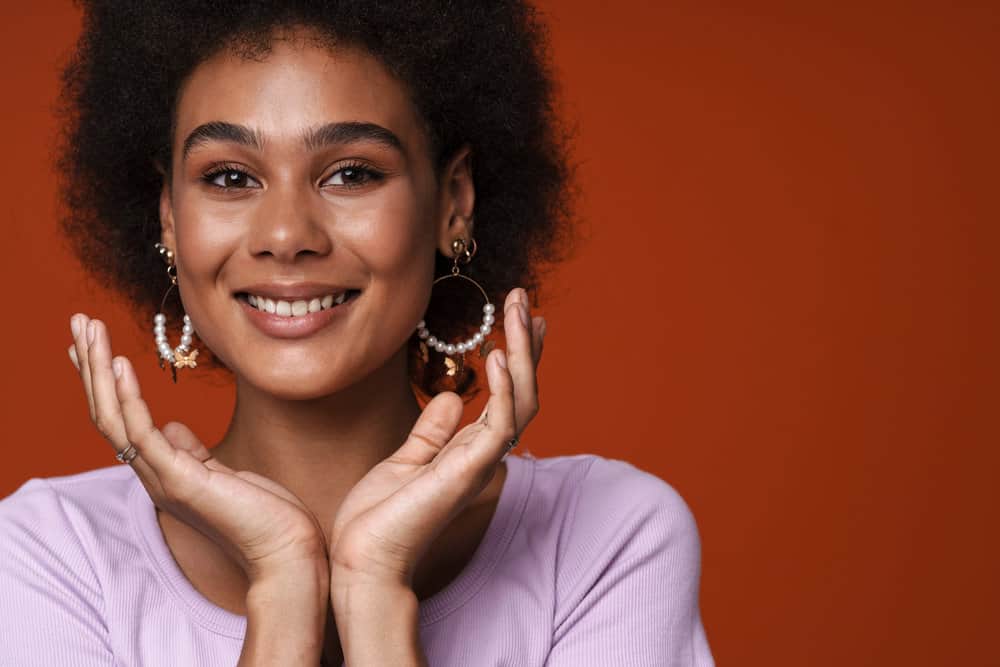
When to Use Olaplex vs. a Protein Treatment
With that, let’s move on to when you should use Olaplex versus a protein treatment like Aphoghee.
Use Olaplex If:
- You bleach or color your hair more than once or twice a year. It will help to protect your strands from structural damage during and after the process.
- Your hair is already compromised, and you still want to color your hair. It’s never recommended to chemically process damaged hair. But if you’re going to do it anyway, you might as well give your strands some added protection with Olaplex.
Use a Protein Treatment If:
- Your curls don’t bounce back as they used to, and you want to restore their original shape.
- Your curls tangle easily and feel rough no matter how much you moisturize them.
- Your hair is showing signs of weakness, like increased split ends or breakage from little manipulation.
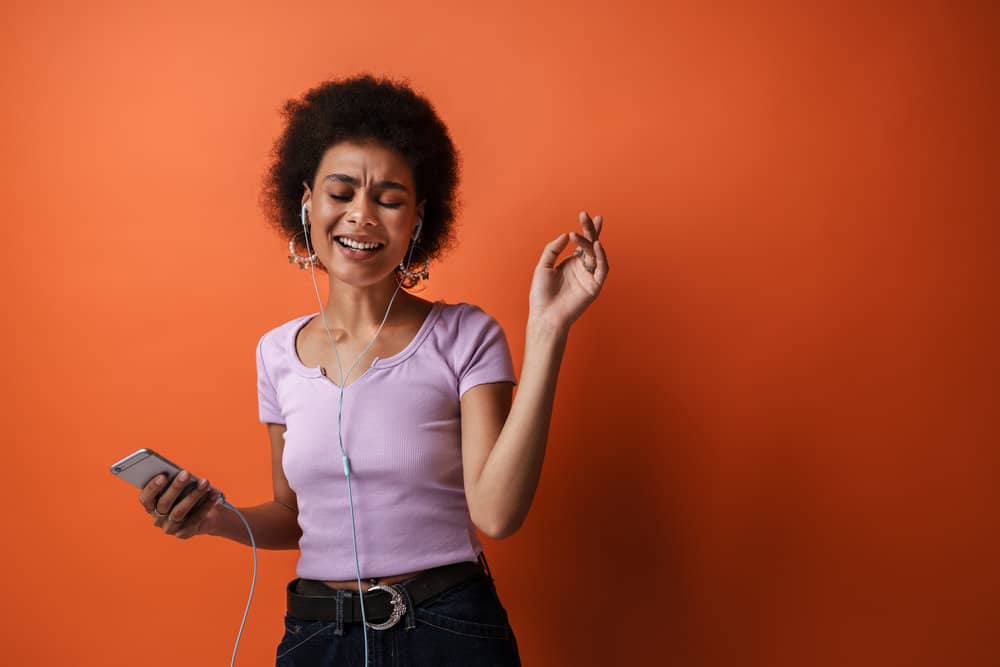
Pros and Cons of Olaplex
When deciding whether you want to add Olaplex to your hair regimen, you need to see the entire picture. That’s why we’ve included the below pros and cons to illuminate the good, bad, and ugly of the treatment:
Pros
- Stronger hair that can stand up to the coloring/bleaching process with minimal damage (if any).
- More and more stylists are offering Olaplex treatments as an accompaniment to chemical hair processes.
- Olaplex can result in a shinier, more vibrant color result.
- Olaplex is gentle to the hair and rarely results in hair damage.
Cons
- Your hair dye or bleaching appointment will be longer if your stylist uses Olaplex as instructed.
- You cannot purchase the main products in the treatment unless you’re a salon professional.
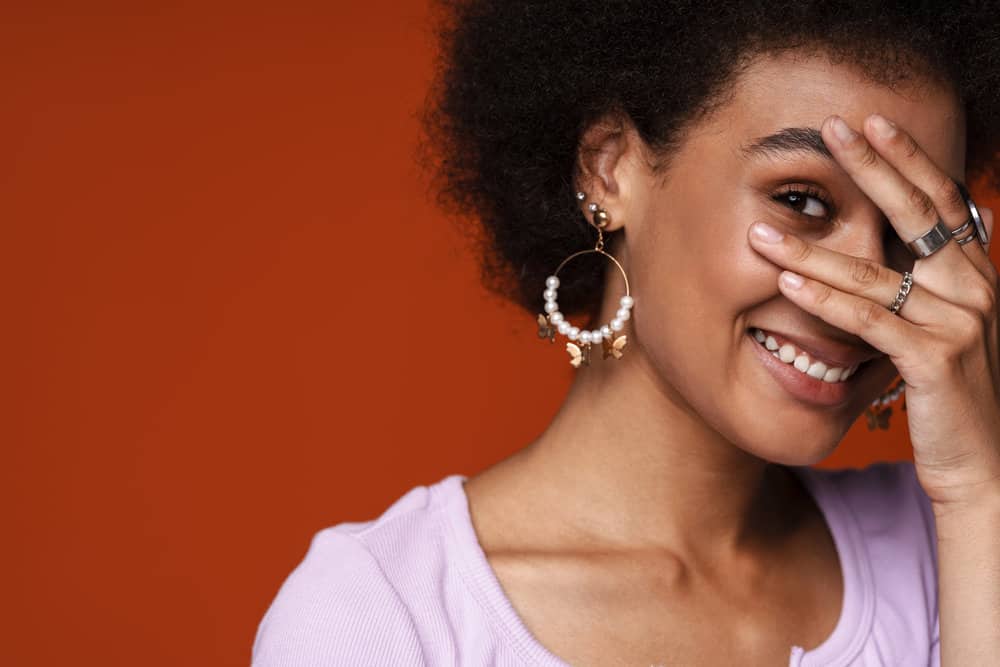
Pros and Cons of Protein Treatments
Like Olaplex, protein treatments come with their own advantages and disadvantages. Let’s get into them below:
Pros
- When used correctly, a protein treatment will improve your hair’s elasticity and make it stronger. These effects reduce breakage over time.
- Protein treatments are easy to use and can be purchased at your local beauty supply store, department store, or online. You don’t have to be a hair professional to purchase it.
Cons
- Sometimes, protein treatments can leave your hair dry and crunchy.
- Keratin treatments from certain brands may contain ingredients that irritate the scalp.
- How to Do Olaplex at Home
- What Does Damaged Hair Look Like
- How Long Can You Leave Olaplex in Your Hair
- How Long to Leave Olaplex 3 on Hair
- Olaplex Bad Ingredients
There you have it! Olaplex does not have much protein in it. And that means that those with protein-sensitive hair can use the product line without fear of ruining their hair.
Olaplex has set a new standard in damaged hair care, and curly girls all over have taken notice.
We encourage you to give it a try during or after your next dye/bleach treatment to see if it works for you. We hope that this article has been helpful to you and wish you the best with your hair.


